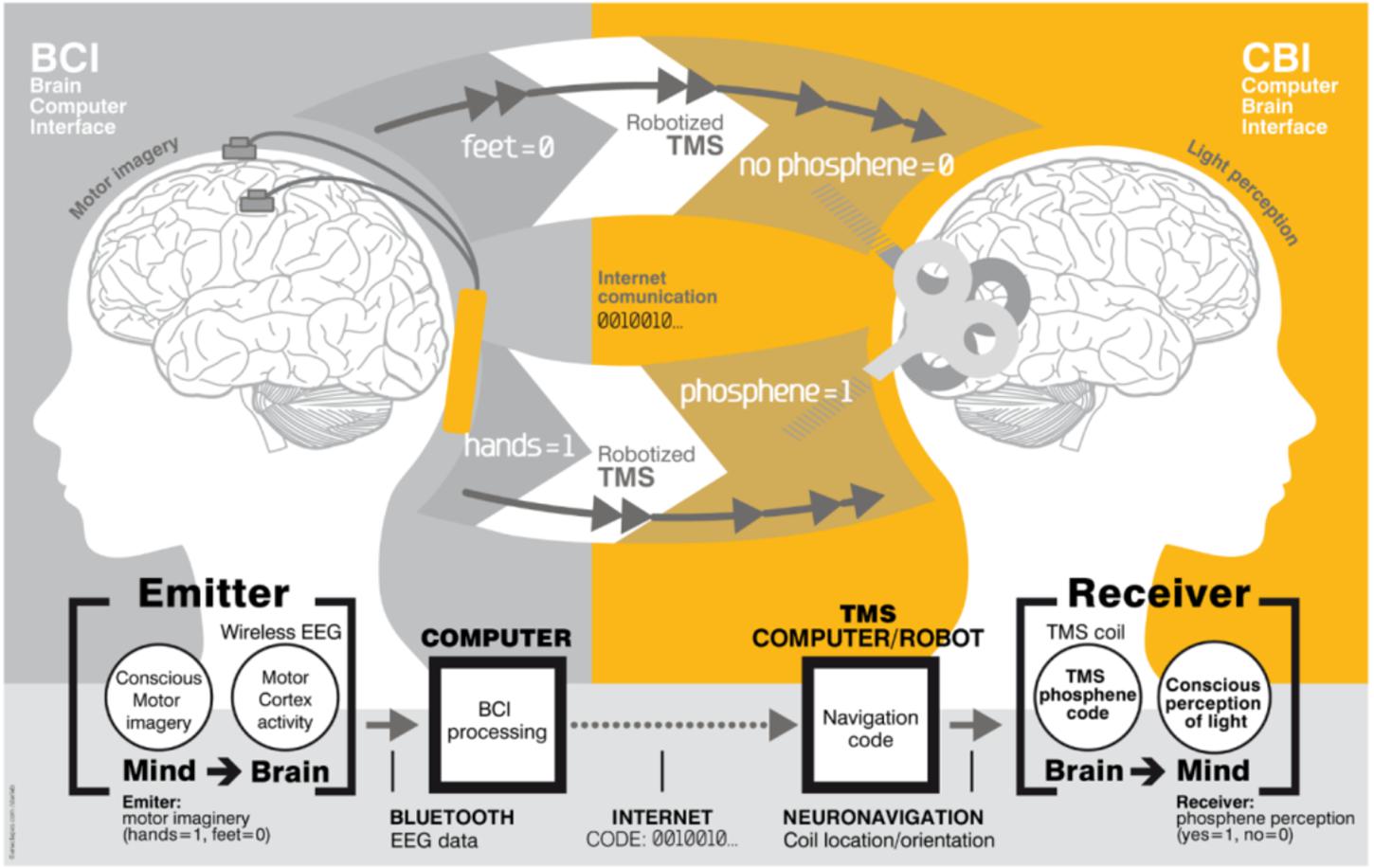


The TPN, comprised of lateral prefrontal, posterior parietal, anterior cingulate, and insula (INS) areas, shows increased activation during cognitive tasks. Crystal structure of the N-glycosylated human Gpc-1 core protein (PDB entry 4ACR). studies show that brain regions involved in cognitive task performance belong to either task-positive network (TPN) or task-negative network (TNN) Fox et al., 2005 Fransson, 2005. Finally, we explore the putative role of default-mode interference as a cause of performance variability in attention deficit/hyperactivity disorder. GPC1 (glypican 1) Starts at 240435663 and ends at 240468076 bp from pter ( according to GRCh38/hg38-Dec2013) Mapping GPC1.png The gene spans 32381 pb of DNA, comprising 9 exons. We review recent studies supporting the existence of the resting state default network, examine the mechanism underpinning it, describe the consequent temporally distinctive effects on cognition and behaviour of default-mode interference into active processing periods, and suggest some factors that might predispose to it. The current paper reviews an alternative hypothesis: that spontaneous patterns of very low frequency ( < 0.1 Hz ) coherence within a specific brain network (‘default-mode network’) thought to support a pattern of generalized task-non-specific cognition during rest, can persist or intrude into periods of active task-specific processing, producing periodic fluctuations in attention that compete with goal-directed activity. In traditional accounts, fluctuations in sustained and focused attention and associated attentional lapses during task performance are regarded as the result of failures of top-down and effortful higher order processes.


 0 kommentar(er)
0 kommentar(er)
